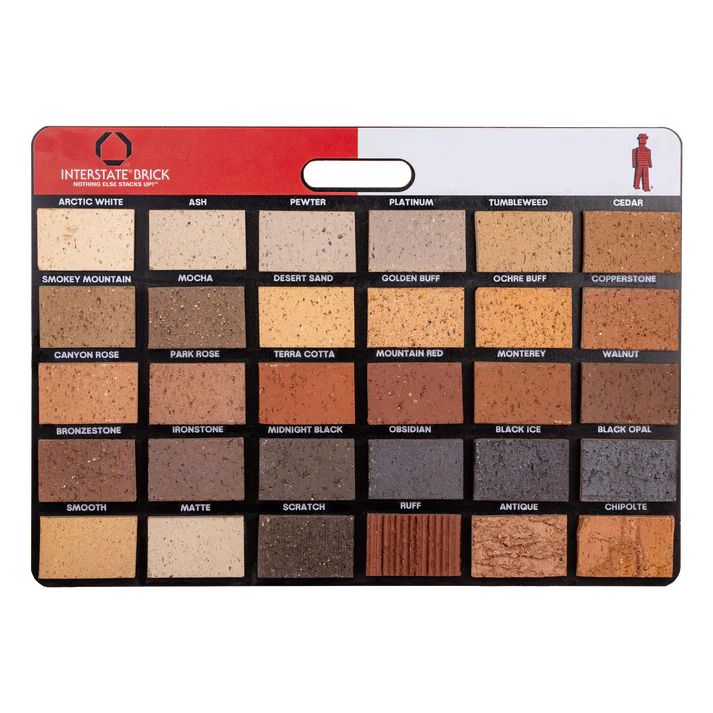Understand The Basics Of An Injection Molding Machine
Are you considering adding an injection molding machine to your inventory? These machines are incredibly versatile and are widely used across the plastics industry to manufacture a variety of parts. An injection molding machine consists of two main components: an injection unit and a clamping unit, which work together to mold precise parts efficiently.
Injection molding machines are classified by the type of driving systems they use. In general, they are split up by hydraulic, mechanical, electrical, or hybrid. Depending on the type of work you do, you’ll be able to determine the right injection molding machine.
So what are the different types of injection molding machines and how do they function? Let’s review the different types.
#1 Electric Injection Molding Machine
An electric injection molding machine uses electric motors to process all movement, from injection to different types of molding. The electric motor allows for an energy efficient process, as the motors are only used when movement is required. In certain types of electric molding machines, the system stores and saves energy until it’s needed to power the machine.
An electric injection molding machine is advantageous for its efficiency and high precision. These machines can repeat the same process over and over, producing uniform products for the plastic application. These machines also require less start-up maintenance because they don’t need as much fluid to warm up. Because the motor is electric, it’s also quieter and easy to clean up.
#2 Hydraulic Injection Molding Machine
A hydraulic injection molding machine uses hydraulic cylinders to clamp two halves of a mold together in order to generate pressure. Then, the plastic pellets are melted and the liquid is injected into the mold cavity to form the right shape. As soon as the plastic is cooled the mold halves are then separated and the part is removed. This process is easy to repeat over and over, so you can produce large volumes of plastic parts at an efficient rate.
Why use a hydraulic injection molding machine? These machines are popular because of their resistance to wear, as well as their high injection rates. In addition, because they use powerful clamps to form pressure, they are able to mold large plastic parts. Overall, a hydraulic injection molding machine will have low maintenance costs because they are relatively cheap and have a wide availability of replacement parts.
#3 Mechanical Injection Molding Machine
A mechanical injection molding machine uses a toggle system to build up tonnage on the clamp side of the machine. Tonnage is used so that the clamp side of the injection molding machine won’t open during production and ruin the operation. This injection pressure keeps everything in place.
Mechanical injection molding machines are more traditional and slightly more affordable, so if you’re looking for the cheapest option, this might be the version for you. Keep in mind that these injection molding machines are louder because they use a traditional motor. They also may need more frequent maintenance, and they require fluids and oils more than an electric injection molding machine would.
Purchase An Injection Molding Machine
Once you’ve determined the right injection molding machine for your facility, you can move to make a purchase. Look for a reputable seller before you buy. If you’re looking to buy used injection molding machines, make sure you know the history of the machine and any potential repairs it may need. An honest seller will provide all of this information to you.
Keep in mind your facility space, production needs, and budget. If you have a clear understanding of your needs, you’ll have no issue finding the perfect injection molding machine.
Featured client/products:
Glass Floors | Semi Truck Ramp | Glass Blocks| IT Companies Near Me | SEO Services Near Me | Steel Yard Ramp | Ramp for Loading Dock | Glass Flooring | Loading Dock Ramps | Portable Yard Ramp | Painters Near Me | Interior Painters Near Me



